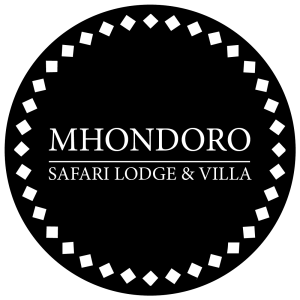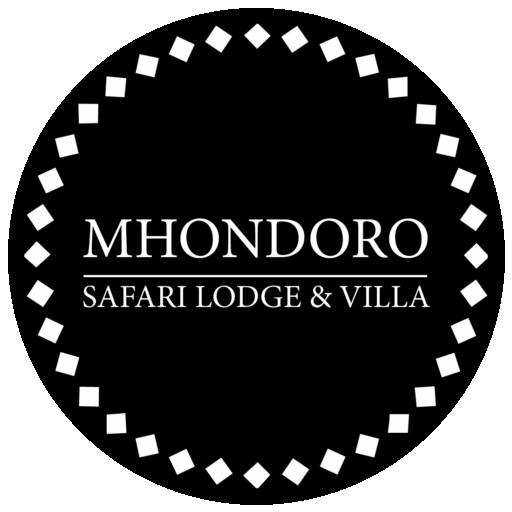Macro photography is the art of producing quality photographs of small items, often in larger-than-life size. This extreme close-up photography typically focuses on flowers or tiny living organisms like insects, where the subject’s size in the photograph is much greater than in real life.
The Basics of Macro Photography Equipment
When starting out with macro photography, choosing the right lens is crucial. The focal length of macro lenses typically ranges from 50mm to 200mm. While many zoom lenses have a macro setting, these usually offer less than half life-size magnification. True macro photography starts with a 1:1 magnification ratio, which will give you far better results.
For general macro work, a 50/60mm lens is adequate, but for a greater subject-to-lens distance, especially when photographing creatures like butterflies or insects, a minimum of 100mm lens is recommended. This greater focal length ensures you can maintain a comfortable distance from your subject without compromising the shot.
Mastering Aperture and Depth of Field
Controlling the depth of field is key in macro photography. The larger the aperture, the more light enters the lens, but this also narrows the depth of focus. To achieve greater depth of field, select a smaller aperture like f/16 to f/22. Even at f/22, the depth of field in macro photography is limited, often around 15mm at best when shooting at half-life-size magnification.
The Importance of Stability and Focus
A tripod is essential in macro photography due to the increased tendency to shake while focusing on small subjects. A tripod will keep your camera still and your lens firmly in place, minimizing movement and ensuring sharp images. Additionally, always make your point of focus on the subject you are capturing—ideally, on the eye of the insect or animal. This will ensure the rest of the body remains in focus, providing a sharp and detailed image.
Composition and Lighting Tips
Fine-tuning your composition in-camera is important. Ensure there are no gaps or open edges around your subject, and consider zooming out slightly to include some of the background. For flower photography, capturing the natural patterns and textures in the petals can add a beautiful dimension to your shots.
The best time for macro photography is during sunrise or sunset, when the golden light adds warmth and detail to your photos. This time of day offers a lovely golden glow that enhances the colors and textures of your subjects.
Capture the Beauty of South African Summer
With summer in full swing in South Africa, the blooming flowers and vibrant wildlife provide the perfect opportunity to practice macro photography. All you need is a good macro lens and a sense of adventure. Come join us at Mhondoro Safari Lodge & Villa or on safari, and immerse yourself in the beauty of macro photography!
Mhondoro Ranger – Marcus Hack




